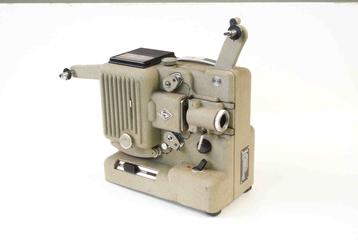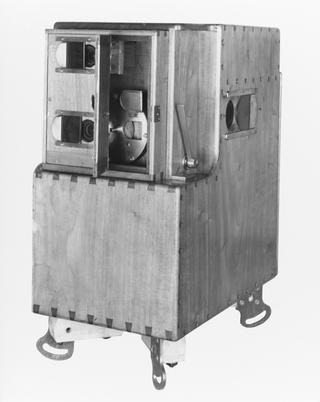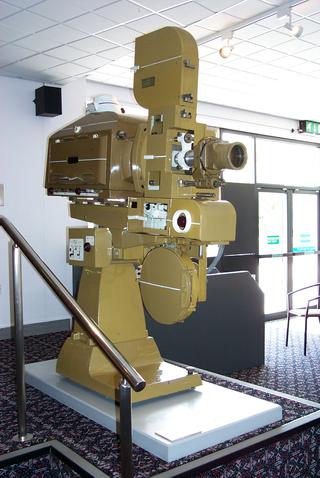Souvenir programme from Brixton Astoria Cinema
Copy of the souvenir programme from the opening of the Brixton Astoria cinema, 19 August 1929.
More
The Astoria Theatres group included four super cinemas in London: the Brixton Astoria (opened in August 1929), the Streatham Astoria (opened in June 1930), the Finsbury Park Astoria (opened in September 1929) and the Astoria, Old Kent Road (opened February 1930). All were designed by Edward Albert Stone and built by George Segal as large capacity venues (usually with a capacity of around 3000) with a single screen and including stage facilities for live performance.
Subsequently the cinemas became part of the Odeon empire. Today, the Brixton Astoria is now the O2 Academy.
These souvenir brochures show both the prestige of the super-cinema and the investment and detail which went into their creation, clearly demonstrating the industry’s attempts to create a building spectacle to match the glamour or drama on the screen. An attempt to offer an unparalleled evening’s entertainment alongside the attempts by the cinema management to create an ongoing relationship with their patrons to embed themselves within the community and ensure future audiences.







































